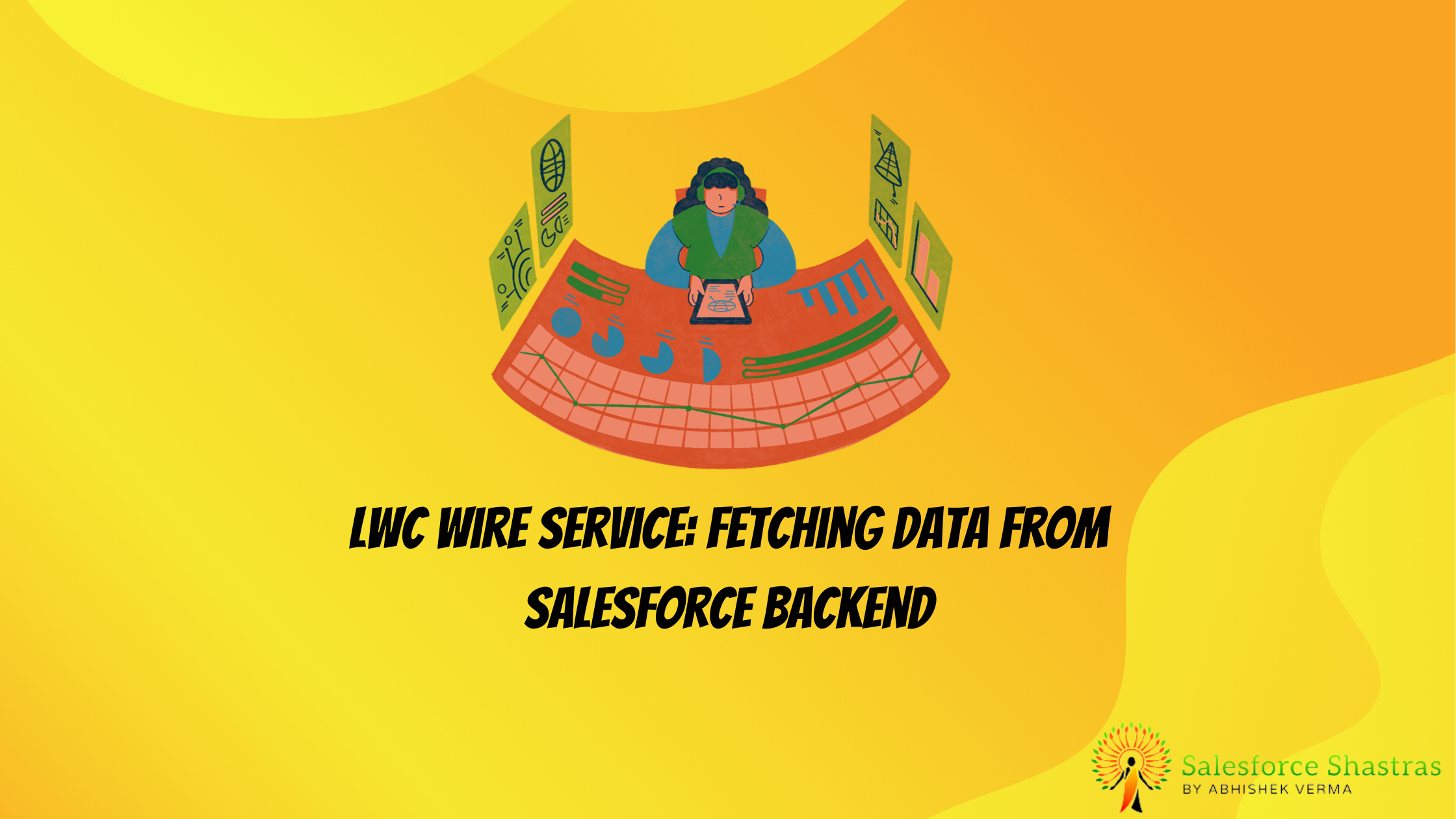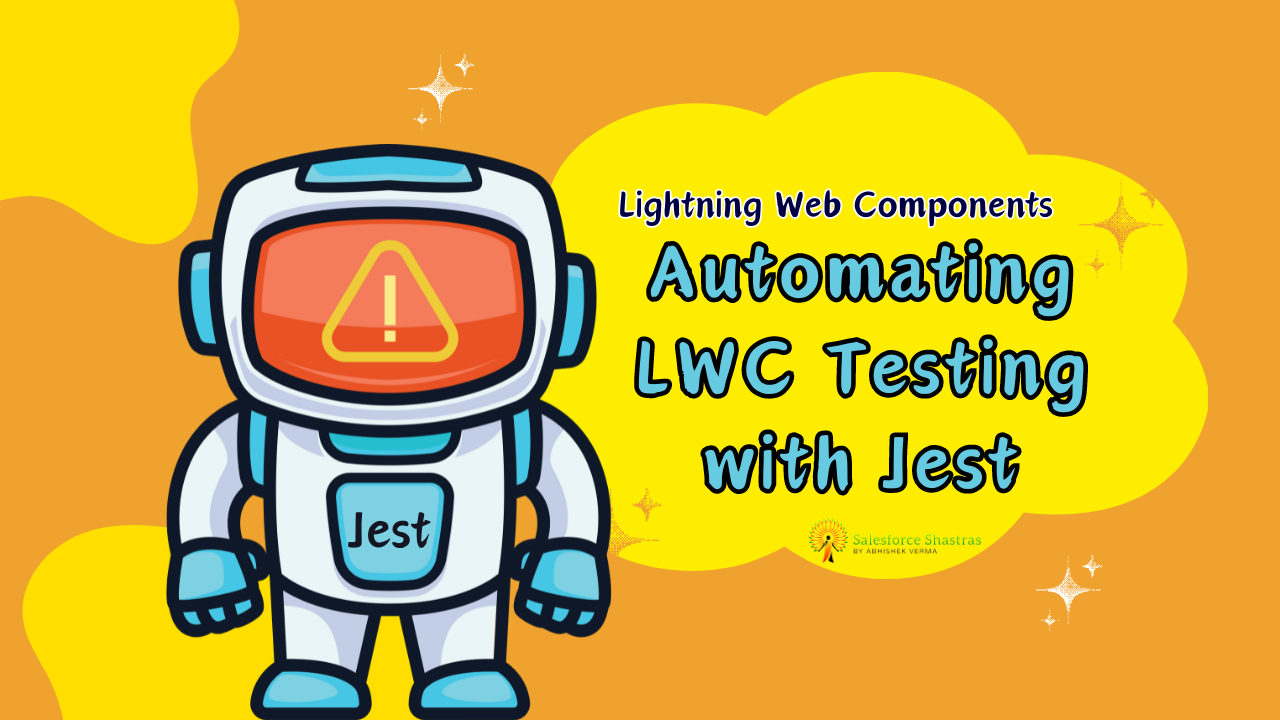Introduction:
In the ever-evolving landscape of web development, Lightning Web Components (LWC) have emerged as a powerful framework for building dynamic and responsive user interfaces on the Salesforce platform. One of the key features that make LWC highly efficient is its Wire Service, a mechanism for fetching and updating data from the Salesforce backend. In this blog post, we will explore the ins and outs of leveraging LWC Wire Service to Fetching Data from Salesforce backend.
Understanding LWC Wire Service:
LWC Wire Service is a declarative and reactive mechanism that enables Lightning web components to communicate with the Salesforce backend and retrieve data. It simplifies the process of fetching data by handling the wire adapters and managing the data flow. This allows developers to focus on building robust user interfaces without getting bogged down by the intricacies of data retrieval.
Key Benefits of LWC Wire Service:
- Declarative Data Fetching:
LWC Wire Service allows developers to declare the data requirements for a component in a simple and readable way. By using the@wiredecorator, developers can specify the Apex method or wire adapter to call, making the code more intuitive and easy to understand.
import { LightningElement, wire } from 'lwc';
import fetchData from '@salesforce/apex/Controller.fetchData';
export default class MyComponent extends LightningElement {
@wire(fetchData) wiredData;
}
- Reactivity and Real-time Updates:
The reactive nature of LWC Wire Service ensures that the component is automatically updated when the data changes in the backend. This eliminates the need for manual handling of data updates, providing a seamless and real-time user experience. - Error Handling:
LWC Wire Service simplifies error handling by automatically handling errors and providing error data in the component. This allows developers to implement error messages or fallback strategies without additional boilerplate code.
Fetching Data Using LWC Wire Service:
- Fetching Data from Apex:
To fetch data from the Salesforce backend using LWC Wire Service, define an Apex method that returns the required data. Then, annotate the component property with the@wiredecorator, specifying the Apex method.
// Apex Controller
public with sharing class Controller {
@AuraEnabled(cacheable=true)
public static List<String> fetchData() {
// Retrieve data logic here
return data;
}
}
- Handling Response:
The response from the backend is automatically provided to the component property annotated with@wire. Access the data using thedataproperty of the response.
@wire(fetchData) wiredData;
get data() {
if (this.wiredData.data) {
return this.wiredData.data;
}
return null;
}
- Error Handling:
Use theerrorproperty of the response to handle errors gracefully.
get error() {
if (this.wiredData.error) {
// Handle error logic here
console.error(this.wiredData.error);
}
return null;
}
Conclusion:
Leveraging LWC Wire Service for fetching data from the Salesforce backend streamlines the development process, enhances reactivity, and simplifies error handling. By embracing the declarative nature of LWC Wire Service, developers can build dynamic and responsive Lightning web components with minimal effort, allowing them to focus on creating compelling user interfaces on the Salesforce platform. Whether you are a seasoned Salesforce developer or just getting started with Lightning Web Components, incorporating LWC Wire Service into your development toolkit can significantly improve the efficiency and performance of your applications.
Reference
Understand the Wire Service



